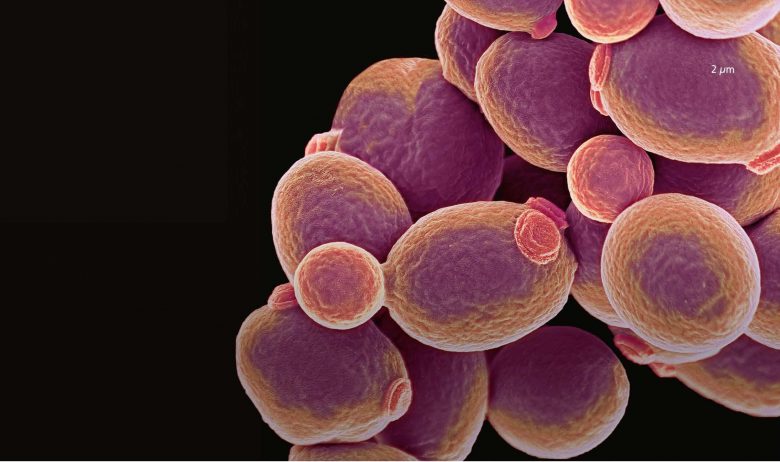
Small molecules have been used for centuries as drugs, to treat a wide variety of diseases and illnesses. These drugs range from aspirin for simple headache to powerful drugs for life-threatening illnesses such as cancer and heart disease. These types of drugs work by inhibiting the function of a particular component of the body — maybe an enzyme or a hormone — that is contributing to the illness. There are thousands of different drugs and they all have their own biochemical target. Despite the success of many different drugs, there is a constant search for new drugs. In the last few years a new type of therapy that uses monoclonal antibodies has become available.
Antibodies are proteins produced by the immune system, usually in response to infection. When you get flu you produce antibodies against proteins of the influenza virus. The antibodies bind to the proteins on the virus and help the immune system to eliminate the virus from your body. Antibodies bind to proteins called antigens. Antibodies are specific in terms of the antigens to which they bind. The antibodies you make against flu bind to antigens on the flu virus but not to any other virus, such as those that cause measles or mumps (see Figure 1). You would make a separate set of antibodies against measles virus antigens and yet another set against mumps antigens. This is why children receive so many different vaccines — each one has to stimulate the production of a separate set of antibodies to provide protection against all the different infections.
Your organisation does not have access to this article.
Sign up today to give your students the edge they need to achieve their best grades with subject expertise
Subscribe




